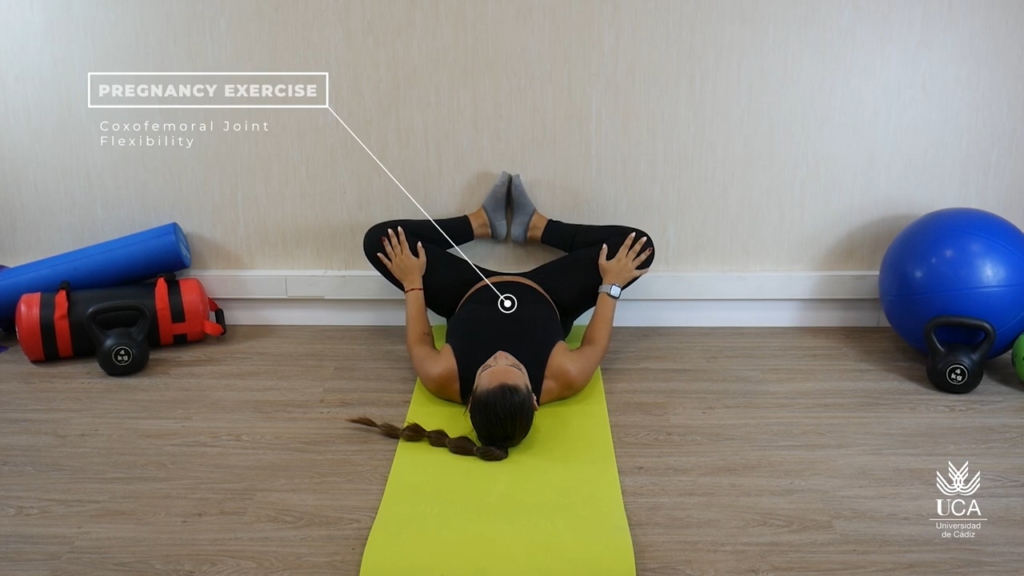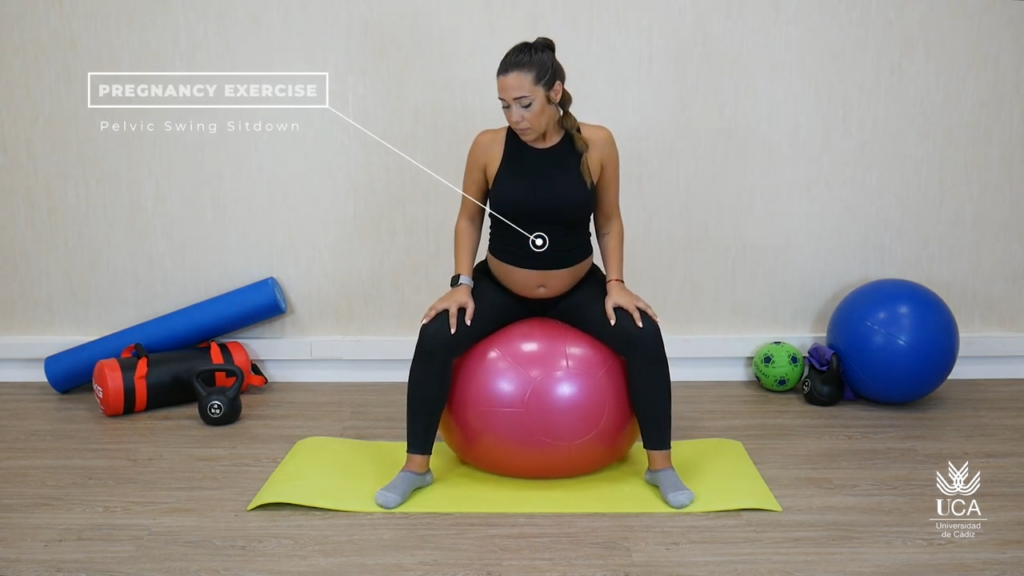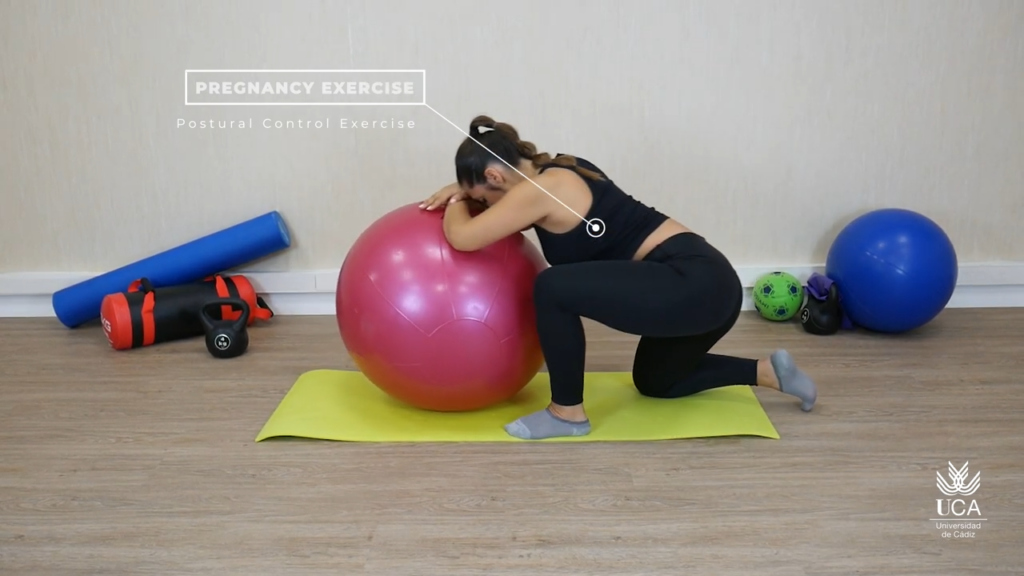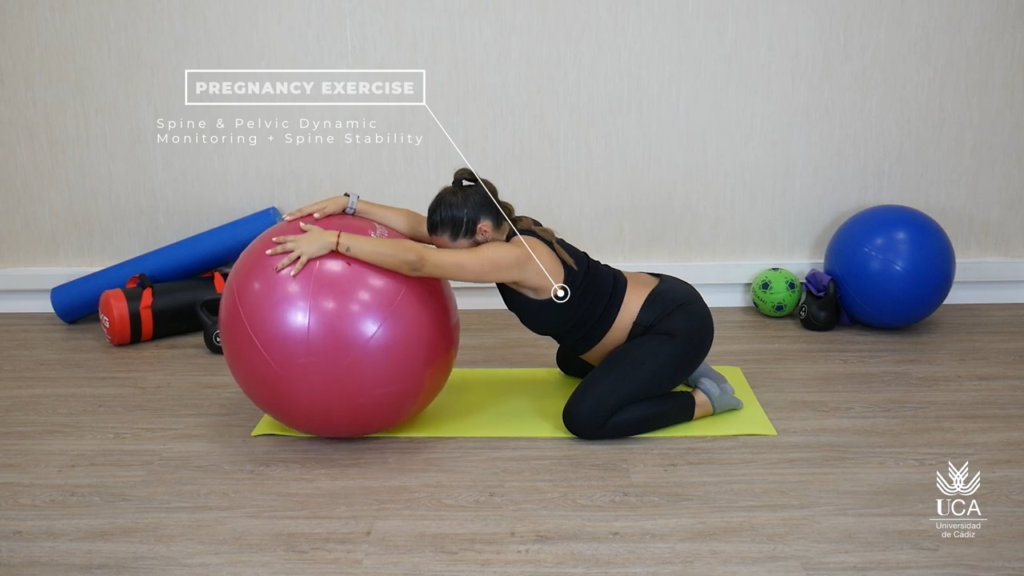Urinary incontinence (UI), characterized by involuntary urine leakage, is a common and restrictive condition affecting approximately 1/3 women. Pelvic floor muscle training (PFMT) is currently recommended as a treatment for UI to enhance pelvic floor muscle function. It can be combined with techniques such as electromyographic biofeedback (EMG-BF), weighted vaginal cones, and electrical stimulation. To evaluate the effectiveness of PFMT with or without EMG-BF for stress or mixed UI in women, a multicenter randomized controlled trial was conducted. The trial received a methodological quality rating of 7 out of 10 on the PEDro scale. The study involved 600 women with stress or mixed UI and was carried out in 23 community and secondary care centers specializing in continence care. The participants were randomly assigned to two groups: (1) PFMT plus EMG-BF, and (2) PFMT alone. The biofeedback PFMT group received supervised PFMT sessions along with a home PFMT program that incorporated EMG-BF at home. The PFMT group received supervised PFMT sessions and a program of PFMT without EMG-BF at home. The outcome measures included self-reported severity of UI using the International Consultation on Incontinence Questionnaire-urinary incontinence short form (ICIQ-UI SF) at 24 months, other pelvic floor symptoms, cure or improvement rates, condition-specific quality of life, pelvic floor muscle function, women’s perception of improvement, utilization of other UI treatments, adherence, PFMT self-efficacy, intervention costs, and quality-adjusted life years. The results showed that at 24 months, there was no significant difference in the mean ICIQ-UI SF scores between the biofeedback PFMT group and the PFMT alone group. The costs and quality-adjusted life years were also similar between the two groups. Adverse events related to the interventions were reported by 48 participants. In conclusion, the study found no significant difference in the severity of UI between the group receiving PFMT with EMG-BF and the group receiving PFMT alone at the 24-month follow-up. Therefore, routine use of EMG-BF with PFMT is not recommended, and alternative strategies to maximize the effects of PFMT should be explored.
David Lucena Atón
References:
- Hagen S, Elders A, Stratton S, Sergenson N, Bugge C, Dean S, Hay-Smith J, Kilonzo M, Dimitrova M, Abdel-Fattah M, Agur W, Booth J, Glazener C, Guerrero K, McDonald A, Norrie J, Williams LR, McClurg D. Effectiveness of pelvic floor muscle training with and without electromyographic biofeedback for urinary incontinence in women: multicentre randomised controlled trial. BMJ. 2020 Oct 14;371:m3719. doi: 10.1136/bmj.m3719. PMID: 33055247; PMCID: PMC7555069.
- Abrams P, Cardozo L, Fall M, Griffiths D, Rosier P, Ulmsten U, van Kerrebroeck P, Victor A, Wein A; Standardisation Sub-committee of the International Continence Society. The standardisation of terminology of lower urinary tract function: report from the Standardisation Sub-committee of the International Continence Society. Neurourol Urodyn. 2002;21(2):167-78. doi: 10.1002/nau.10052. PMID: 11857671.
- National, Guideline Alliance UK. Urinary incontinence and pelvic organ prolapse in women: management. 2019.
- Dumoulin C, Cacciari LP, Hay-Smith EJC. Pelvic floor muscle training versus no treatment, or inactive control treatments, for urinary incontinence in women. Cochrane Database Syst Rev. 2018 Oct 4;10(10):CD005654. doi: 10.1002/14651858.CD005654.pub4. PMID: 30288727; PMCID: PMC6516955.




